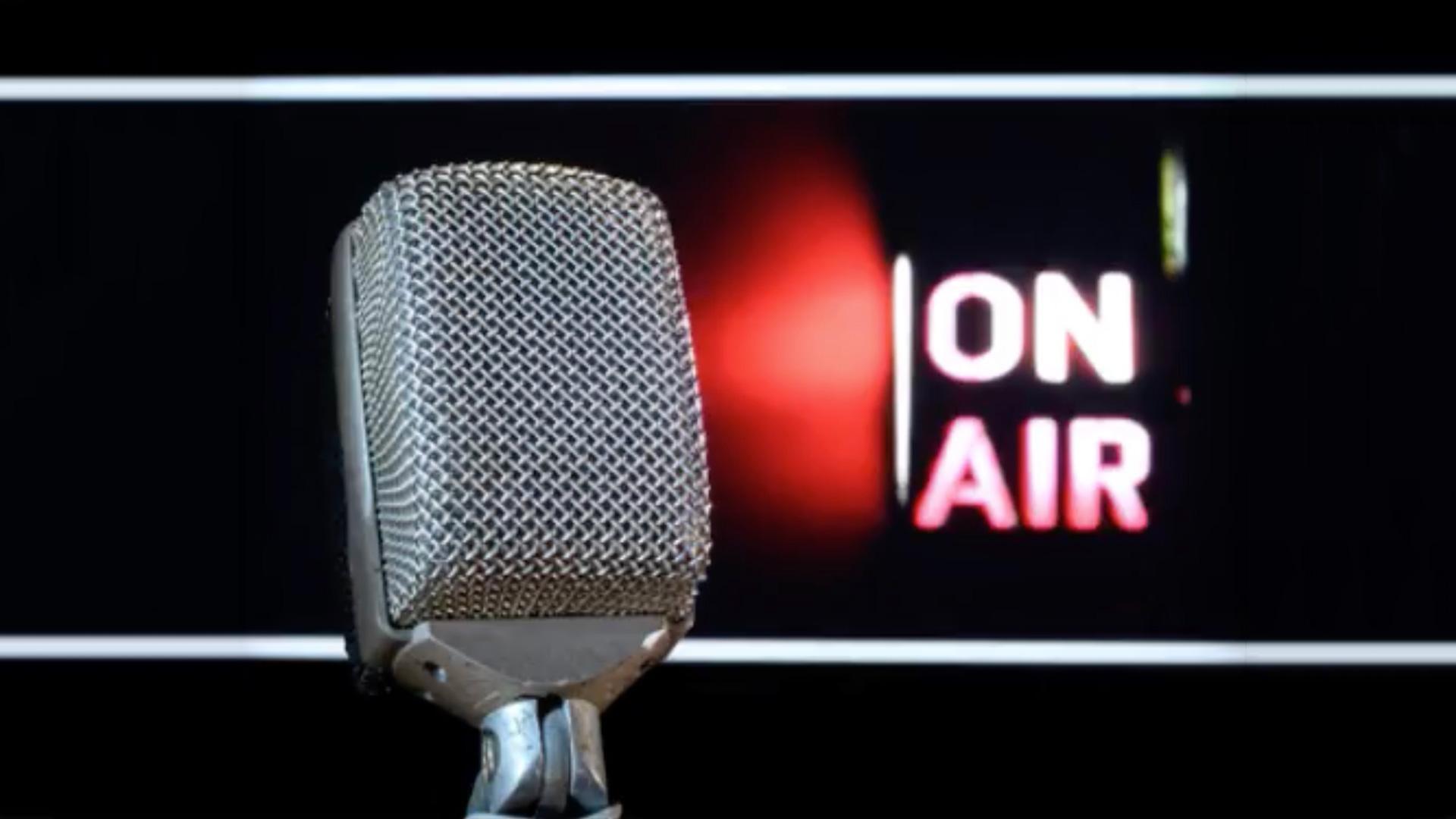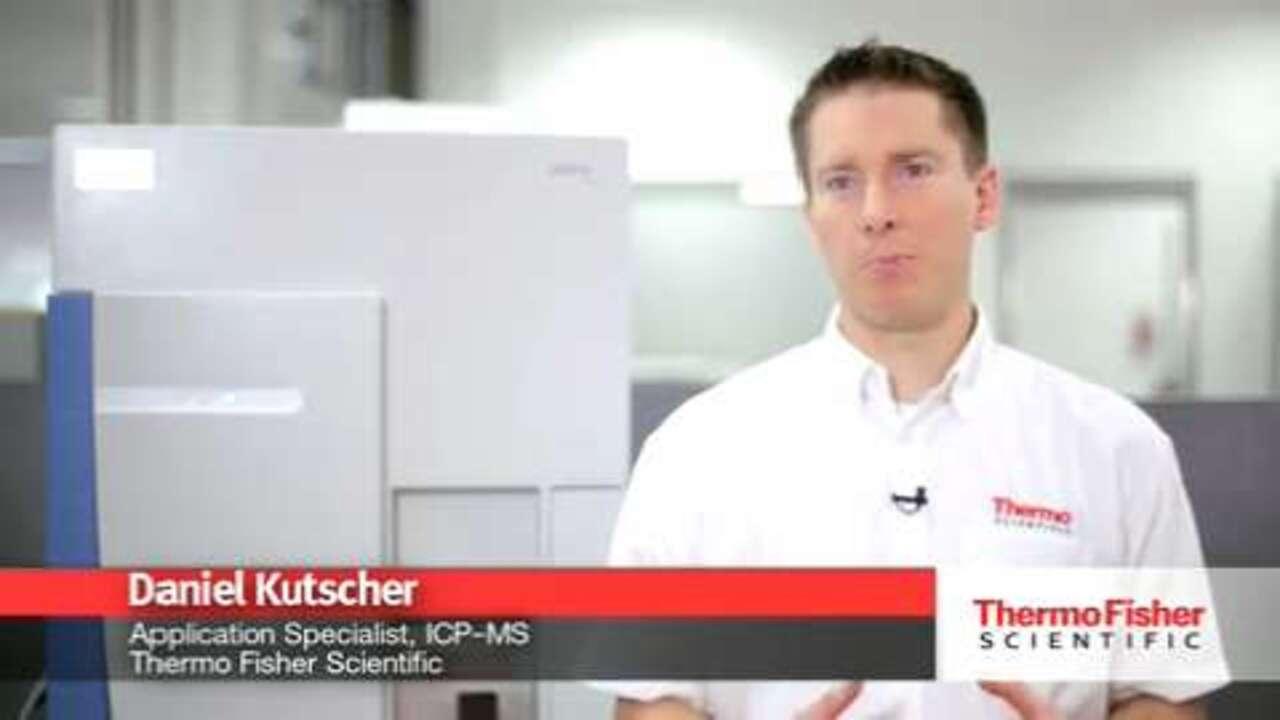Search Thermo Fisher Scientific
Elemental Impurities Analysis Information

USP 232 & ICH Q3D elemental impurities analysis in drugs
What are elemental impurities? Elemental impurities are traces of metals that can be found in finished drug products. The analysis of elemental impurities is necessary to describe the concentration of the trace elements in final drug products. Elemental impurities in pharmaceutical formulations can come from catalysts, formulation ingredients and process vessels. They can interfere with drug efficacy or elicit a direct toxic effect on the patient.
For over 100 years regulators have demanded the testing of heavy metal impurities in pharmaceutical products. Recently, global regulators have issued modern revised methodologies and guidelines—such as USP 232 Elemental Impurities & ICH Q3D—for monitoring a range of metal elemental impurities in pharmaceutical materials using inductively coupled plasma (ICP) optical emission spectroscopy (ICP-OES) or mass spectrometry (ICP-MS).
Harmonized pharmaceutical elemental impurity regulations for USP 232 & ICH Q3D
The US Pharmacopeial (USP) Convention proposed three new elemental impurities general chapters in 2010 covering impurity limits, analytical procedures in pharmaceutical products and raw materials, and elemental contaminants in dietary supplements:
- Chapter <232> Elemental Impurities in Pharmaceutical Products —Limits
- Chapter <233> Elemental Impurities in Pharmaceutical Products — Procedures
- Chapter <2232> Elemental Contaminants in Dietary Supplements
These revisions focused on two main areas of work:
- Updating the methodology used to test for elemental impurities in drugs and dietary supplements to include procedures that rely on modern analytical technology.
- Setting limits for acceptable levels of metal impurities (including, but not limited to, lead, mercury, arsenic, and cadmium) in drugs and dietary supplements.
While no specific event triggered the revision of elemental impurities standards, USP’s scientific experts concluded that these standards should be updated to incorporate modern analytical methods and current health information on these impurities.
An announcement on January 14, 2015 established January 1, 2018 as the new date of applicability for General Chapters <232>, <233> and <2232>. This was intended to align implementation closely with limits and timelines set down by other global pharmaceutical and medical agencies including the ICH Q3D Guidelines for Elemental Impurities. The intention was to provide a buffer period where users could either continue to utilize the existing Chapter <231> approach, or implement the methodology outlined in the new chapters <232>, <233> and <2232>. In the period up to 2018, the USP will be engaging in an ongoing dialogue with the pharmaceutical industry, the FDA, and the ICH to ensure this alignment process goes as smoothly.
A total of twenty four elemental impurities (Cd, Pb, As, Hg, Co, V, Ni, Tl, Au, Pd, Ir, Os, Rh, Ru, Se, Ag, Pt, Li, Sb, Ba, Mo, Cu, Sn, and Cr) are specified with their toxicity limits, defined as maximum permitted daily exposure (PDE) levels in μg/day for the four major drug delivery categories. The PDE limits are shown in the table below.
To meet these low regulated levels, new analytical protocols for measuring elemental impurities using spectroscopic techniques are employed using either:
Permitted daily exposures (PDE) for elemental impurities
| Element | Cd | Pb | As | Hg | Co | V | Ni | Tl | Au | Pd | Ir | Os | Rh | Ru | Se | Ag | Pt | Li | Sb | Ba | Mo | Cu | Sn | Cr |
|---|---|---|---|---|---|---|---|---|---|---|---|---|---|---|---|---|---|---|---|---|---|---|---|---|
| Class | 1 | 1 | 1 | 1 | 2A | 2A | 2A | 2B | 2B | 2B | 2B | 2B | 2B | 2B | 2B | 2B | 2B | 3 | 3 | 3 | 3 | 3 | 3 | 3 |
| Oral PDE (µg/day) | 5 | 5 | 15 | 30 | 50 | 100 | 200 | 8 | 100 | 100 | 100 | 100 | 100 | 100 | 150 | 150 | 100 | 550 | 1200 | 1400 | 3000 | 3000 | 6000 | 11000 |
| Parenteral PDE (µg/day) | 2 | 5 | 15 | 3 | 5 | 10 | 20 | 8 | 100 | 10 | 10 | 10 | 10 | 10 | 80 | 10 | 10 | 250 | 90 | 700 | 1500 | 300 | 600 | 1100 |
| Inhalation PDE (µg/day) | 2 | 5 | 2 | 1 | 3 | 1 | 5 | 8 | 1 | 1 | 1 | 1 | 1 | 1 | 130 | 7 | 1 | 25 | 20 | 300 | 10 | 30 | 60 | 3 |
Featured USP 232 & ICH Q3D learning content
Primer
This educational primer from USP, Medicine Maker and Thermo Fisher Scientific is designed to bring you up to speed with the background, tips and tricks needed to set up analysis of elemental impurities in pharmaceuticals, ingredients, nutraceuticals and supplements.
Webinar series
This comprehensive online toolkit contains relevant up-to-date applications content focused on USP <232>, <233> and ICH Q3D approaches to specify and control elemental impurities to below toxic limits in drug products and ingredients.
Including FREE access to seven training seminars and two on-demand webinars with over three hours of learning content covering the regulations, sample preparation, laboratory operations, standards, instrument selection, instrument operation, method optimization, software and much more!
Webinar series
Understanding pharmaceutical elemental impurity regulations and laboratory considerations in this 2-part on-demand webinar series. Join industry experts who will assist you to prepare for the new pharmacopeial methods for elemental impurities that start on January 1, 2018.
Podcast
In this audio podcast, expert Rob Thomas discusses new USP requirements and how they apply to pharmaceutical products and dietary supplements.
Video
Hear how our solutions enable you to comply with guidelines on elemental impurities in drugs from U.S. Pharmacopeia (USP) and Int. Conference on Harmonisation (ICH).
Elemental impurities literature library
No records were found matching your criteria
Lab ideas for people – like yourself– in analytical labs making medicines, directed by topics, ideas and thoughts from your fellow medicine makers. Each month, a new theme addresses challenges and solutions around technology and workflows.






